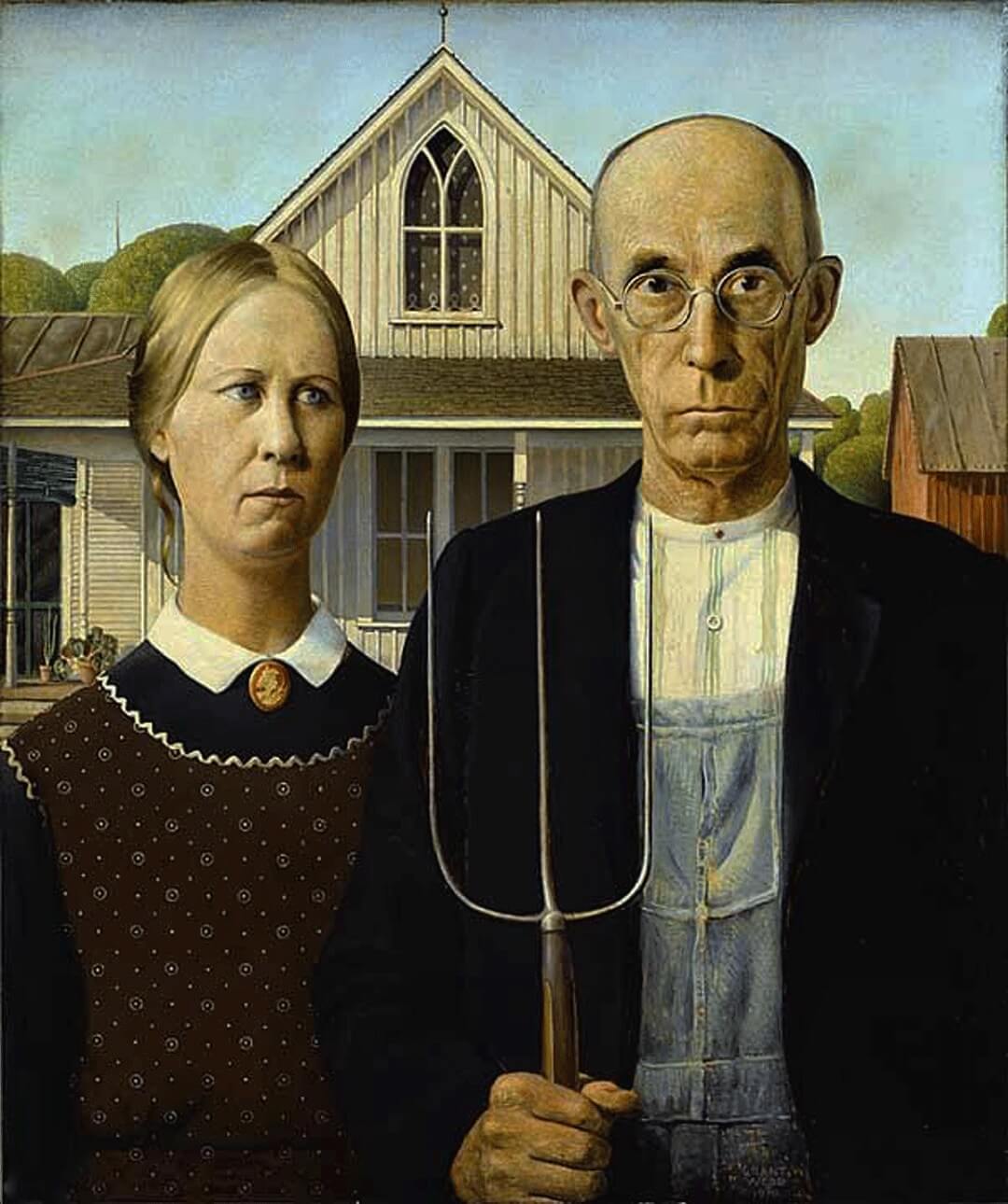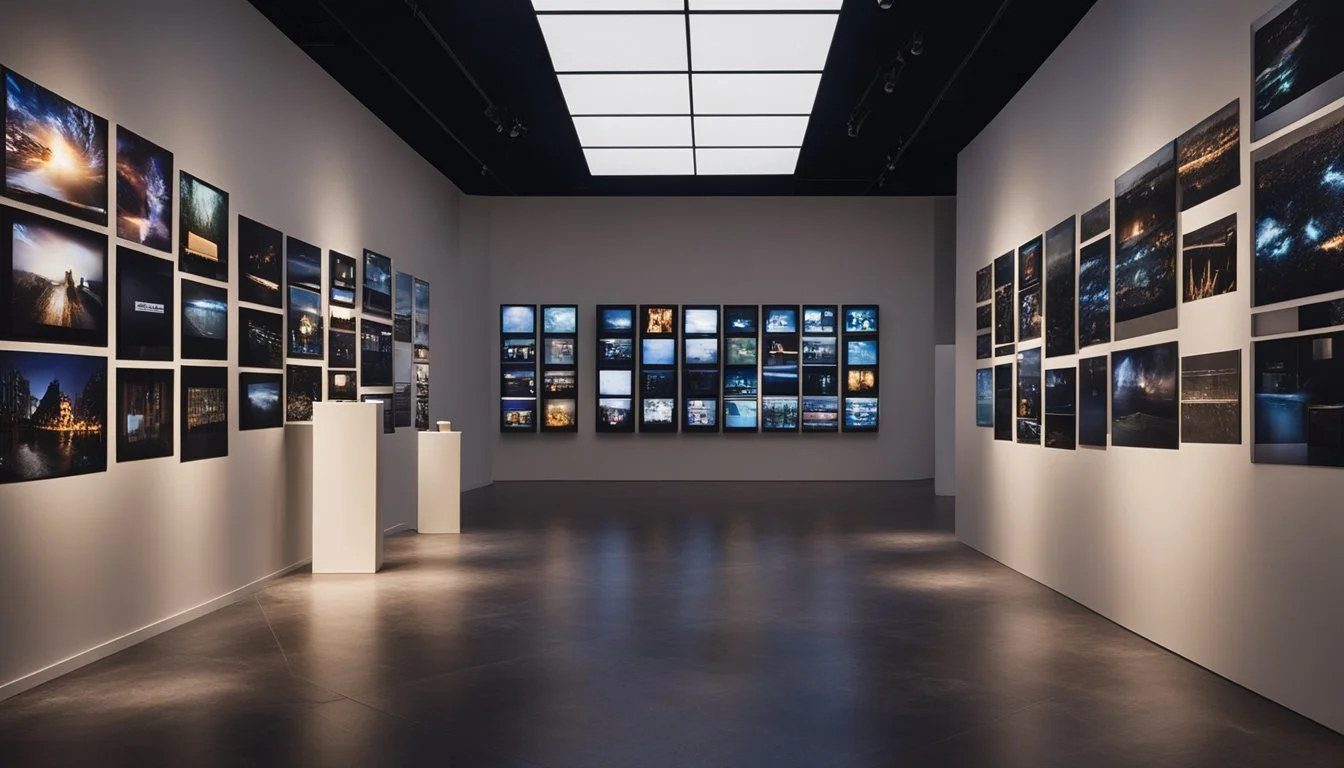Leonardo da Vinci’s Mona Lisa is an iconic painting. It was created between 1503 and 1506 during the Italian Renaissance period, more specifically, during the High Renaissance. The painting was created using oil on poplar wood and is known for its subtle transitions and blended edges https://bus-krasnodar.com/5-black-owned-wellness-retreats/. The painting also represents the style and techniques that Leonardo da Vinci perfected. This includes his use of chiaroscuro, which creates an intense contrast between light and shadow. Another technique da Vinci uses is sfumato which uses blending to create soft edges and a ‘smokey’ appearance.
Scholars have offered several interpretations and analyses of the painting, ranging from its subtle symbolism to the painting’s portrayal of Jesus’ announcement that one of the disciples would betray him.
The painting depicts a chaotic scene in which human figures, animals and objects are intertwined. Picasso’s use of black, white and grey to convey emotion and create a sense of confusion gives the painting a timeless quality that remains as powerful today as it did in 1937. The painting symbolises the death and destruction caused by war as well as hope for a better future.
The painting’s notoriety is in part due to the strong historical and cultural significance that it holds. The Last Supper is a significant representation of the Christian faith, depicting a key moment in the life of Jesus Christ. The painting’s fame has also been aided by its popularity in various forms of popular media over the years.

Exploring paintings with cinematic qualities can be a rewarding experience, offering a new perspective on how visual narratives can be constructed and understood. By seeking out works that incorporate these techniques, viewers can gain a greater appreciation for the innovative ways artists blend the worlds of film and painting. Whether visiting galleries, attending exhibitions, or exploring online resources, there are countless opportunities to discover and enjoy these narrative-driven compositions.
The future of cinematic influences in art promises to be an exciting and dynamic field, characterized by a constant interplay between new technologies and traditional artistic practices. As artists continue to explore and experiment, the lines between film and painting will become even more fluid, leading to groundbreaking works that redefine the possibilities of visual art.
The early intersections of film and painting and the subsequent evolution of cinematic techniques have profoundly influenced the way painters approach their craft. By incorporating elements of composition, lighting, color, and narrative storytelling from cinema, painters have expanded the possibilities of their medium, creating works that are both visually captivating and rich in narrative depth. This ongoing dialogue between film and painting continues to inspire and challenge artists to push the boundaries of visual art.

Exploring paintings with cinematic qualities can be a rewarding experience, offering a new perspective on how visual narratives can be constructed and understood. By seeking out works that incorporate these techniques, viewers can gain a greater appreciation for the innovative ways artists blend the worlds of film and painting. Whether visiting galleries, attending exhibitions, or exploring online resources, there are countless opportunities to discover and enjoy these narrative-driven compositions.
The future of cinematic influences in art promises to be an exciting and dynamic field, characterized by a constant interplay between new technologies and traditional artistic practices. As artists continue to explore and experiment, the lines between film and painting will become even more fluid, leading to groundbreaking works that redefine the possibilities of visual art.
Art Nouveau is still a go-to style for contemporary designers looking to inject romanticism and beauty into their work. Menus, invitations, and posters will all benefit from a dose of Art Nouveau styling.
If you want to create more of an ornate, detailed look in your vintage designs, Baroque is the style to aspire to. A design style that was extremely popular in the 17th and 18th Centuries, Baroque is characterized by grand, exaggerated features like ornate gilding and detailed decorative elements using natural elements like shells and plants.
Vintage designs also often feature imagery from nature such as animals or plants which can be used to convey messages or evoke emotions. This style of artwork has the ability to transport viewers back in time with its classic feel and timeless sophistication. Vintage graphics are also known for their ability to capture a sense of nostalgia which can make them particularly appealing for certain campaigns or projects.
The feeling of nostalgia is a powerful force when it comes to influencing how your design is perceived. According to Nostalgia and Its Value to Design Strategy: Some Fundamental Considerations, a paper presented at the Proceedings of the Tsinghua-DMI International Design Management Symposium, “Cognitive theorists believe that emotions have a strong influence on human behavior, that is, people will be attracted by the objects that evoke positive emotions and forced away from those things that evoke negative emotions. Nostalgia, like other positive emotions, when it is evoked by certain stimulus (e.g., products, brands), will incite people to approach (e.g., to purchase or to interact with) it.”
..
..
..
..
..
..
..
..
..
..